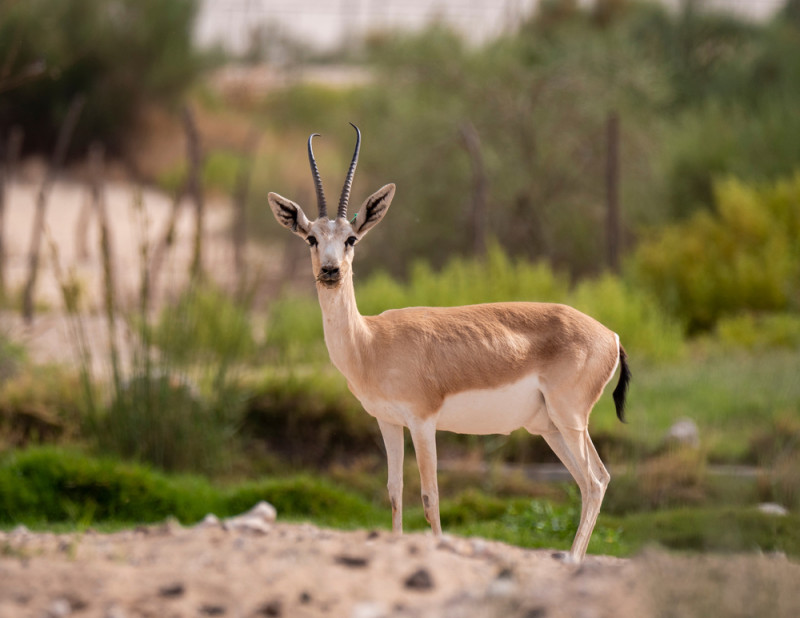At today’s rate of biodiversity loss, some scientists believe that preserving specimens of species that may not exist tomorrow is a scientific obligation
When the Kurt Benirschke began collecting skin samples from rare and endangered animals in 1972, he had no firm plan for how he would use them.
As a researcher at the University of California, San Diego, he believed that one day the tools would be developed to use them to save these animals. A few years later, he moved his collection to the San Diego Zoo and named it the “Frozen Zoo,” according to CNN.
“Notoriously, there was a poster hanging over the ‘Frozen Zoo’ with a quote that said, ‘You have to collect things for reasons you don’t yet understand,'” says Oliver Ryder, a geneticist at the Zoo. of San Diego and partner of Benirschke.
Benirschke passed away in 2018, but his efforts are very much ‘alive’. Today, the Frozen Zoo is the largest animal cryobank in the world, with samples from 10,500 animals and 1,220 endangered species.
For a long time, it was the only project of its kind, but in recent years similar conservation efforts have sprung up around the world, and tools that Benirschke didn’t yet have are now available. At the same time, time is running out for many endangered species.
Populations of mammals, birds, amphibians, reptiles and fish have declined by an average of 68%, according to the WWF Living Planet Report 2020. The report also states that, as a result of habitat loss due to human activities, a million species – animals and plants – are threatened with extinction in the coming decades.
At today’s rate of biodiversity loss, some scientists believe that preserving specimens of species that may not exist tomorrow is a scientific obligation.
The acceleration of the climate crisis will put ecosystems under further pressure, making the work of cryobanks even more important.
“I see cryopreservation as the absolute cornerstone of preservation. We’re facing the sixth mass extinction as we speak and we need to be able to give future generations a way to bring these species back to life,” says Matson, founder of Nature’s Safe, a UK-based cryobank that collects living cells and gametes (sperm and eggs).
Read the News today and get the latest news. Follow us on Google News and be the first to learn all the news from Skai.gr.
I have worked in the news industry for over 10 years. I have a vast amount of experience in covering health news. I am also an author at News Bulletin 247. I am highly experienced and knowledgeable in this field. I am a hard worker and always deliver quality work. I am a reliable source of information and always provide accurate information.











